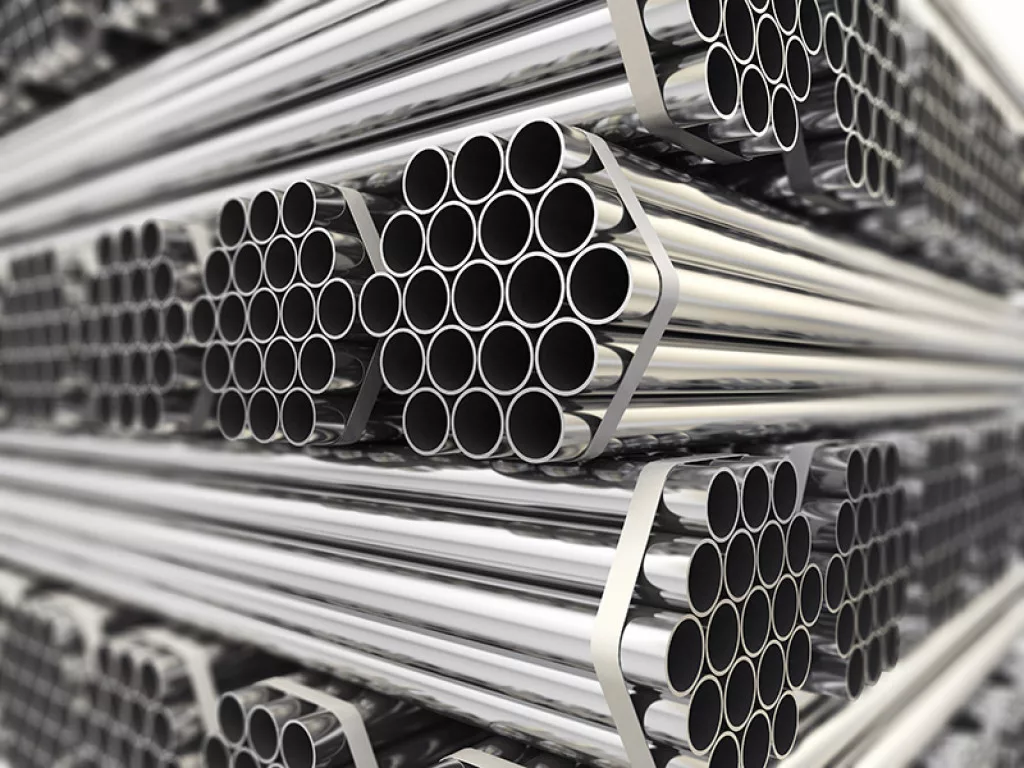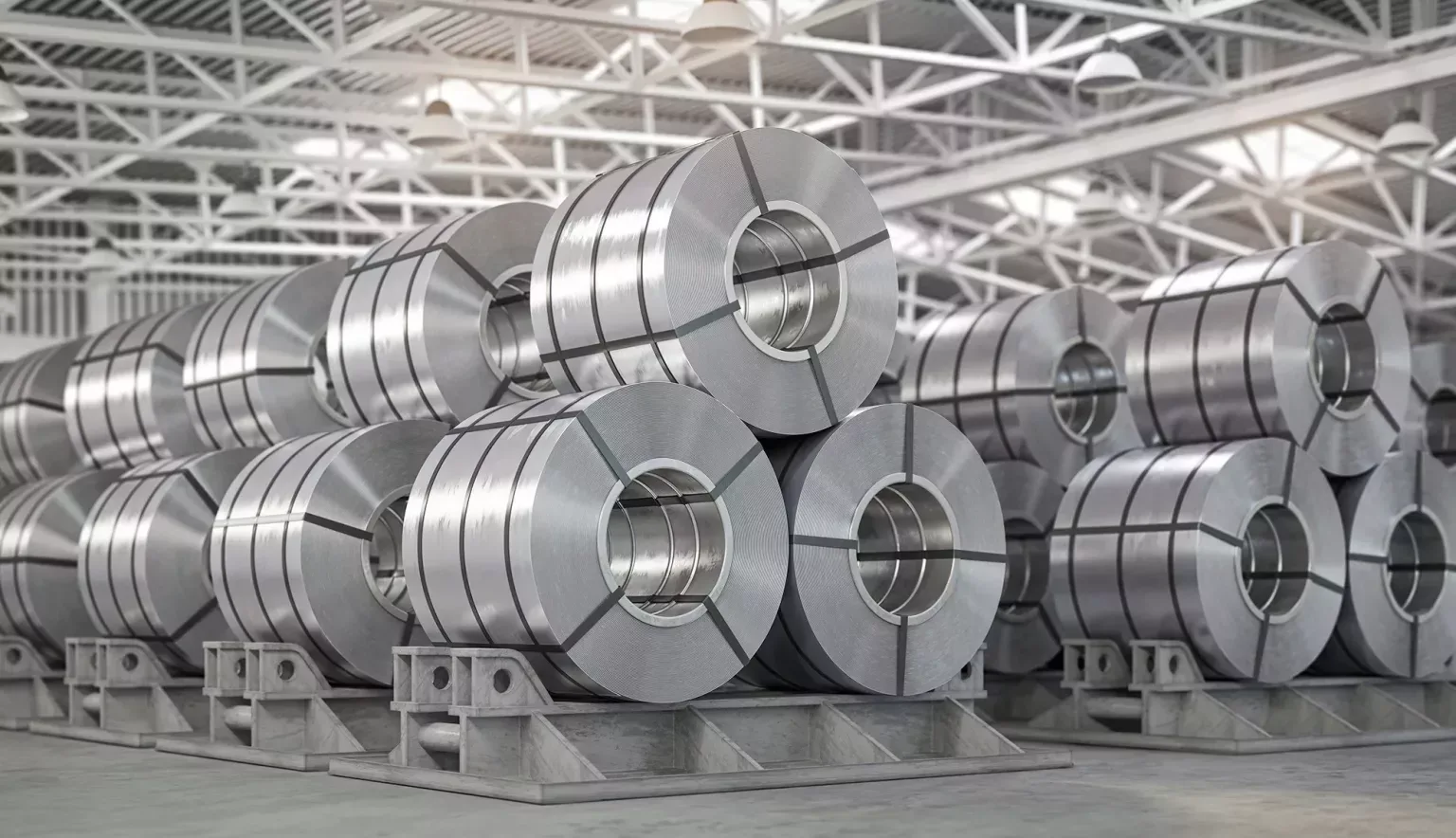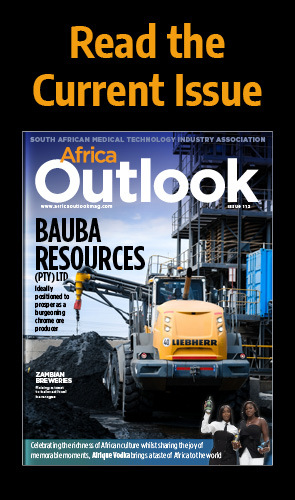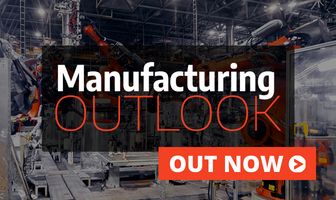We shine a light on the current predicament of South Africa’s steel industry with The Southern Africa Stainless Steel Development Association, and the attempts at recovering national manufacturing.
INTRODUCTION
South Africa stands as one of the largest steel producers on the African continent. As of 2021, steel producing industries accounted for $44 billion of the national GDP. Despite this, the industry is in a state of distress.
Gauteng is the South African hub of the country’s metal industry with many steel and iron producing firms based in the area. The majority of steel is imported into South Africa from China – the world’s largest exporter of steel.
When the financial crisis hit in 2009, South Africa’s steel industries suffered, weakening the sector’s status as one of the foundational pillars of the country’s economy. Reduced production, unfavourable trading conditions, high tariffs and a decline in infrastructural developments ensued.
The COVID-19 pandemic has also hampered the sector’s progress, as production has fallen by 50 percent in the short-term, to the extent that the Department of Trade and Industry anticipates a loss of one billion ZAR amidst ongoing lockdowns.
In pursuit of the sector’s revivification, in early 2021, the South African Department of Trade, Industry, and Competition (DTIC) officially signed a Master Plan to restore the country’s steel and metal fabrication sector. The scheme was devised by regulators, industry, and labour with the aim of re-energising the industry and dramatically expanding levels of production.
The Master Plan will seek to further exploit the African Continental Free Trade Area Agreement (AfCFTA) whilst implementing the necessary funding to support upcoming projects in the steel industry. This comes as South African steel industries face heightened global price competition, rising input costs and a decline in local infrastructure projects.
Nevertheless, in October 2021, the sector was thrown into turmoil by an industry-wide steel workers strike, resulting in a loss of 500 million ZAR ($34 million) in output as reported by the Steel and Engineering Industries Federation of Southern Africa. The work stoppage, triggered over wage disputes championed by The National Union of Metalworkers of South Africa, affected five of South Africa’s nine provinces and disrupted major supply chains.
Amidst this tumultuous landscape, steel production in South Africa endeavours to recover and secure a greater position for the national steel industry on the world market with value-added manufacturing and growing exports.
SOUTHERN AFRICA STAINLESS STEEL DEVELOPMENT ASSOCIATION (SASSDA)
Since 1964, the Southern Africa Stainless Steel Development Association (SASSDA) has maintained an active voice in raising the awareness and use of stainless steel across the region. We take a dive into the organisation today
Stainless steel is an invaluable product in the industrial realm of South Africa, finding its main use in the market of car manufacturing and the production of components and catalytic converters. The material’s low maintenance, low cost and resistant shine ideally caters to a host of applications, from architecture and design to the production of kitchen implements.
Founded in 1964, the Southern Africa Stainless Steel Development Association (SASSDA) represents one of the most active global organisations dedicated to the awareness and industrial application of the metal.
United under its membership, SASSDA provides a platform through which industrial stakeholders can collectively promote and advocate for the sustainable growth and development of the sector.
SASSDA’s member base benefits from authoritative advice and technical information, education, training and skills distributed by the association. Complimentary to this, the body publishes a range of publications and marketing material, alongside industry and business development support.
The association’s affairs are controlled by an elected main committee which forms the governing constitution. SASSDA’s head office is located in Rivonia, a suburb of Johannesburg, where a permanent body of staff members oversee daily operations. A team of consultants operating in various regions provide additional assistance.
Membership at SASSDA is subject to ratification by the main committee. Its member base extends to both national and sub-Saharan Africa companies and individuals involved in the production, distribution, fabrication, conversion and use of stainless steel.
“To hear a body like the Southern Africa Stainless Steel Development Association identifying training, mentorship and capacity building as a core intervention… basically means they are a trailblazer that is able to show other associations how this can be done”
President of South Africa (2014-2018), Cyril Ramaphosa

EDUCATING THE INDUSTRY
SASSDA adopts a crucial instructional role in furthering education, training and skills upgrading as the foundational cornerstones to drive the sector’s progress. These three factors are instrumental in enhancing the competitiveness of the industry by ensuring that personnel at all levels are equipped with the confidence and knowledge to successfully perform within their roles. Subsequently, SASSDA has developed a comprehensive education, skills upgrading and awareness programme.
Within this, SASSDA has formed close working relationships with targeted universities and technology departments to further the promotion of stainless steel as a material of choice. On a yearly basis, SASSDA conducts presentations, research sponsorships and design project competitions at the various participating institutions. Complementary to this, SASSDA hosts approved Continuing Professional Development (CPD) workshops with other associations and professional institutions to expand knowledge of the properties and applications of stainless steel.
Furthermore, the association provides a selection of courses, either online through e-learning or in person, that cater to a wide range of personnel within the steel industry. The courses include Introduction to Stainless Steel, the Fundamentals of Stainless Steel, Advanced Stainless Steel, Fabrication of Stainless Steel, Handling and Fabrication of Stainless Steel, and finally, Handling of Stainless Steel in the Warehouse. The above provide authoritative training for salespersons, sales managers, specifiers, engineers, workshop managers and end-users.
A SHINING FUTURE
Indicative of the integral role that SASSDA plays within the wider sector’s development, when the aforementioned Steel Master Plan was announced by the South African government last year, the plan’s strategy was devised in alignment with the association’s mandate.
This primarily entails a greater focus on the localisation of products in developing downstream opportunities, particularly within stainless steel. This need has been heightened as local companies face increasing challenges in sourcing products from abroad.
In facilitating the implementation of the stainless-steel section of the Steel Master Plan, SASSDA is working closely with government and the Department of Trade, Industry and Competition (DTIC). The DTIC is heavily involved with the AfCFTA in focussing on exports throughout Africa, with SASSDA itself regularly conducting webinars with governments across the continent in pursuit of new trade opportunities.
Showcasing resiliency in spite of setbacks, SASSDA endeavours to continue forging a promising future for South African steel.
































